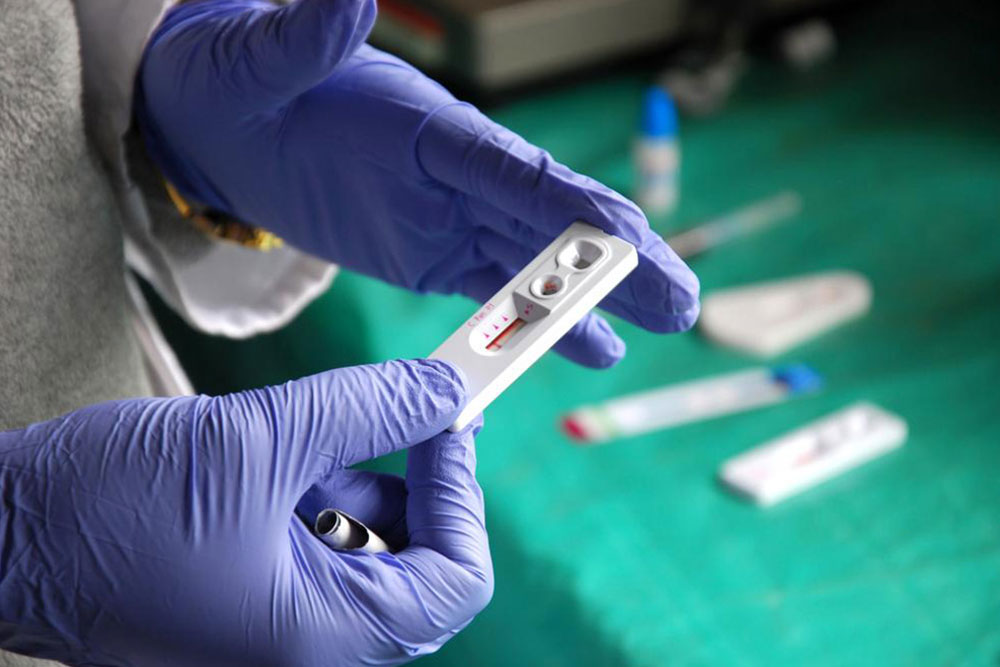Understanding Hepatitis C: Signs, Transmission, and Prevention Tactics
Hepatitis C is a contagious liver disease caused by the hepatitis C virus, with symptoms that range from mild to severe. Early detection through blood tests and proper treatment can effectively manage the disease. Prevention strategies like avoiding sharing needles, practicing safe sex, and ensuring medical safety are essential. Chronic hepatitis C can lead to serious liver complications such as cirrhosis and cancer, emphasizing the importance of awareness, testing, and timely intervention to reduce its impact worldwide.

Understanding Hepatitis C: Signs, Transmission, and Prevention Tactics
Hepatitis C is a serious infectious disease that primarily affects the liver. It is caused by the hepatitis C virus (HCV), a pathogen that targets liver cells, leading to inflammation, tissue damage, and, in many cases, chronic liver disease. Globally, hepatitis C remains a significant public health concern, with millions affected worldwide. Recognizing the symptoms early and understanding how to prevent transmission are crucial steps in controlling the spread and managing the health risks associated with this infection.
The hepatitis C virus predominantly resides in the liver after infection, with about 75% to 85% of cases developing into a chronic condition if not promptly diagnosed and treated. Chronic hepatitis C can lead to severe complications such as cirrhosis, liver failure, or hepatocellular carcinoma (liver cancer), making timely detection and intervention essential.
Transmission primarily occurs through exposure to infected blood. Common routes include sharing needles among intravenous drug users, unsanitary medical equipment, unsafe blood transfusions, or from mother to child during childbirth. While less common, sexual transmission of hepatitis C has been documented, especially in individuals with multiple partners or co-infection with other sexually transmitted infections. Understanding these transmission pathways helps individuals adopt safer practices and reduce their risk.
Hepatitis C often causes subtle symptoms or none at all during the early stages. It can take between one to three months after infection for symptoms to appear, which makes early detection challenging. Many individuals remain asymptomatic, unknowingly carrying the virus and unknowingly transmitting it to others. Recognizing both early and chronic symptoms is vital for timely medical intervention.
Early signs of hepatitis C
Jaundice, which manifests as yellowing of the skin and eyes, along with dark urine
Intermittent or persistent fever
Gastrointestinal discomfort such as nausea, vomiting, or mild abdominal pain
Loss of appetite leading to unintended weight loss
Unusual bruising or bleeding tendencies
Persistent fatigue or weakness
Progression to chronic hepatitis C
If the infection becomes chronic, the risk of developing severe liver complications increases. Long-term hepatitis C can cause cirrhosis, a condition characterized by scarring of the liver tissue, or even liver cancer. Symptoms associated with chronic infection include:
Ongoing fatigue and difficulties with concentration or memory (hepatic encephalopathy)
Accumulation of fatty deposits in the liver (hepatic steatosis)
Portal hypertension, which causes enlarged veins and fluid buildup
Jaundice reoccurring or worsening
Easy bruising or bleeding due to clotting issues
Swelling in the abdominal veins, often visible in the esophagus or stomach
Cognitive impairments such as confusion or difficulty focusing
Beyond liver damage, hepatitis C may cause extrahepatic conditions, affecting other organs and systems. These include inflammation of blood vessels, insulin resistance, diabetic nephropathy, dry mouth, and oral ulcerations. Interestingly, some individuals infected with hepatitis C show no symptoms at all, a condition known as occult or silent hepatitis C, characterized by normal liver enzyme levels and absence of serological markers.
Detection, Prevention, and Treatment Options
Accurate diagnosis relies on comprehensive blood testing, including antibody tests and PCR analyses to detect viral RNA. Early detection significantly improves treatment outcomes. The primary treatment for hepatitis C involves antiviral medications, such as direct-acting antivirals (DAAs), which can cure most infections with a relatively short course of treatment. In severe cases, especially those with advanced liver scarring, a liver transplant may be necessary.
Preventive measures are critical to curb the spread of hepatitis C. These include avoiding sharing needles or other drug paraphernalia, practicing safe sex, and ensuring medical instruments are sterilized properly. Blood banks now rigorously screen for HCV, significantly reducing transmission via transfusions. Additionally, individuals at risk should consider regular screening, particularly if they belong to high-risk groups. Lifestyle modifications such as limiting alcohol intake and maintaining a healthy weight can help mitigate liver damage. Overall, raising awareness about hepatitis C, promoting safe practices, and ensuring access to testing and treatment are key to controlling this global health challenge.





